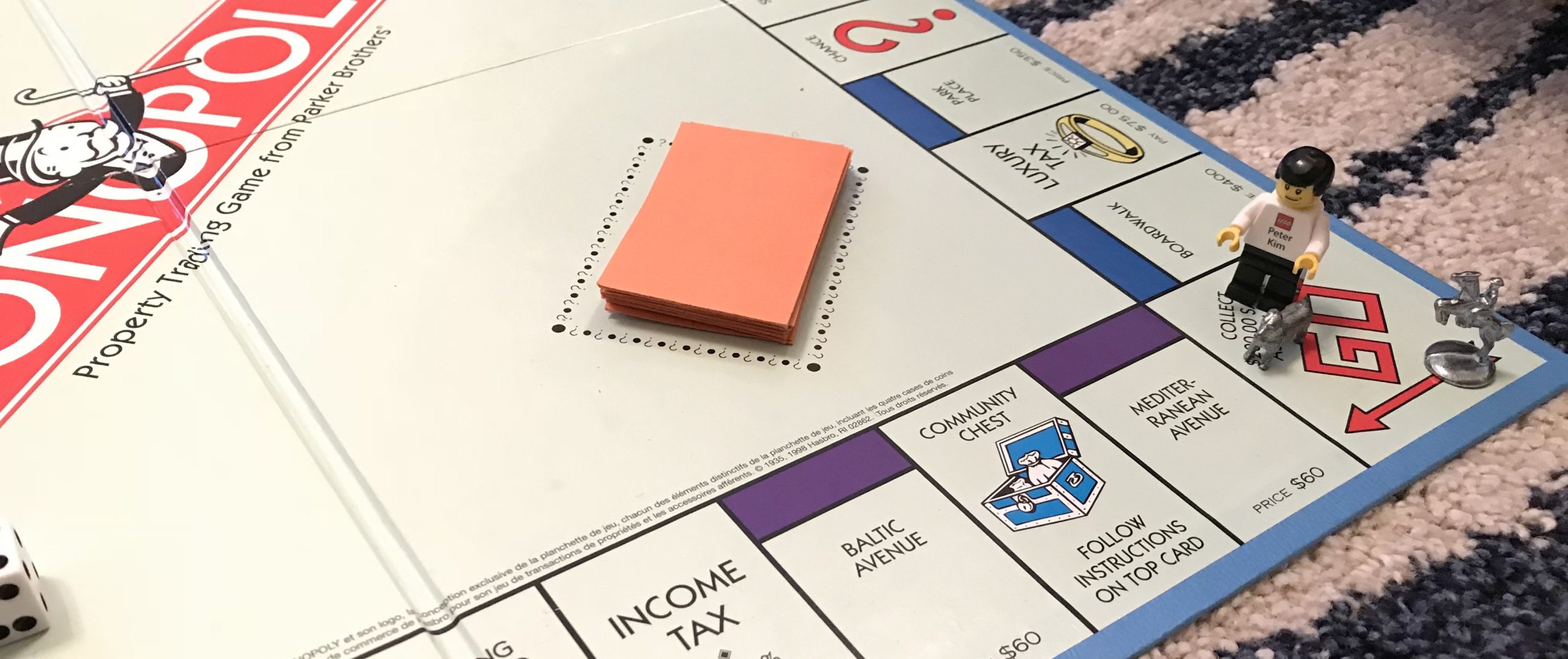
It’s been a year since I flew on an airplane. Travel has been part of my work life for the past 25 years – and that means I’ve become a pro at playing the frequent flyer game.
When I say “game” I don’t mean that figuratively. Frequent flyer programs operate on “gamification” or game mechanics that keep participants hooked. Let’s break it down:
- Collecting points. All programs operate on a premise of collecting points – for miles flown or dollars spent directly or with partners. Some programs have a loss-aversion element, where miles expire after a period of inactivity; others have removed this behavioural tactic choosing instead to devalue never-expiring points.
- Earning status. Tiers that encourage achievement. The more points you collect, the more precious your metal or gemstone level. Along with luggage tags to communicate your value to fellow travelers. Tiers also help players set goals and reset to aim higher once achieved.
- Value exchanges. Free upgrades and other benefits for achieving higher status levels. Status also confers profile badges and other recognition that cost the airline little while keeping players focused on the game.
- Receiving feedback. Acknowledgement of your status when interacting with an airline and well-designed tools to help you track progress up the levels. To keep flyers flying, these tools make clear how close you are to the next tier and elevating your status. They also help flyers keep their next flights in mind – a bit like binge watching Netflix, where the next episode is always ready to run.
- Customisation and personalisation. Ability to exchange points for free travel and other rewards, combined with a huge barrier to exit – those points are worthless outside of your favourite airline’s corporate alliance.
Over the past 12 months, airlines have suffered mightily as business meetings have gone online for health & safety reasons. So what happens when the world is widely immunized and we can travel again, without red list countries, travel corridors, and quarantines on arrival?
I’ve logged over two million miles in my travels (1.8 million with SkyTeam, 0.3 million with Star Alliance, and more with OneWorld, JetBlue, Southwest, and others). When travel resumes, I’ll be happy to see foreign colleagues in person again and to see our business operating first-hand. I’ll be delighted to spend time with family and friends, who have for too long been faces in a Zoom gallery. And I can’t wait to look you in the eye face-to-face, instead of looking up your nose on Facetime.
But I’m done with the frequent flying game.
To be clear, I’ve never been so hooked that I’ve gone on for a mattress run or would pay for a flight to nowhere. But I’ve definitely rationalized away the risks of frequent flying, including increased radiation exposure and unlikely crashes. And I’ve always tried to balance time away from home by making the most of the time when I’m not.
Knowing how the system works and having a long break from participating in it provides space for clarity. How much are points and status really worth? How valuable are the rewards? Is the engagement truly earnest? Upon reflection, it’s easy to get caught up in frequent flying’s gamification. The players must realise the part they play as pawns in the game, while companies treat them like royalty.
I wonder if you’ve taken an extended break from travel and thought about what will be different, if anything, in your future?
Peter – I have a similar travel profile and history to yours, and have not been on a flight since feb 12th 2019…being grounded for a year has provided me with the insight and perspective to reach the same conclusion. I’m not going back to the same cadence of travel. Ever. Until I stepped off at the travel treadmill I did not realize how damaging it was to my physical and mental health!